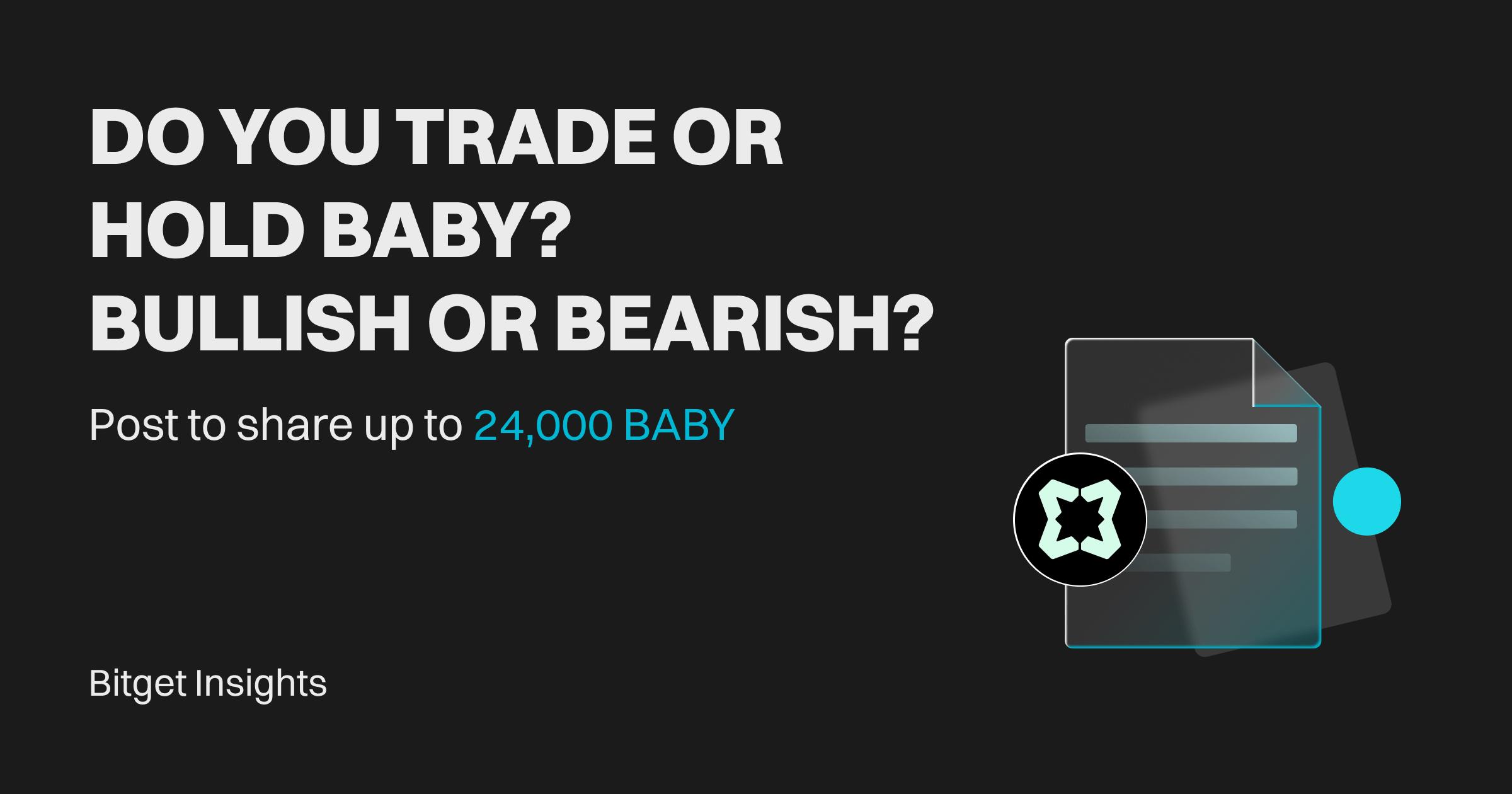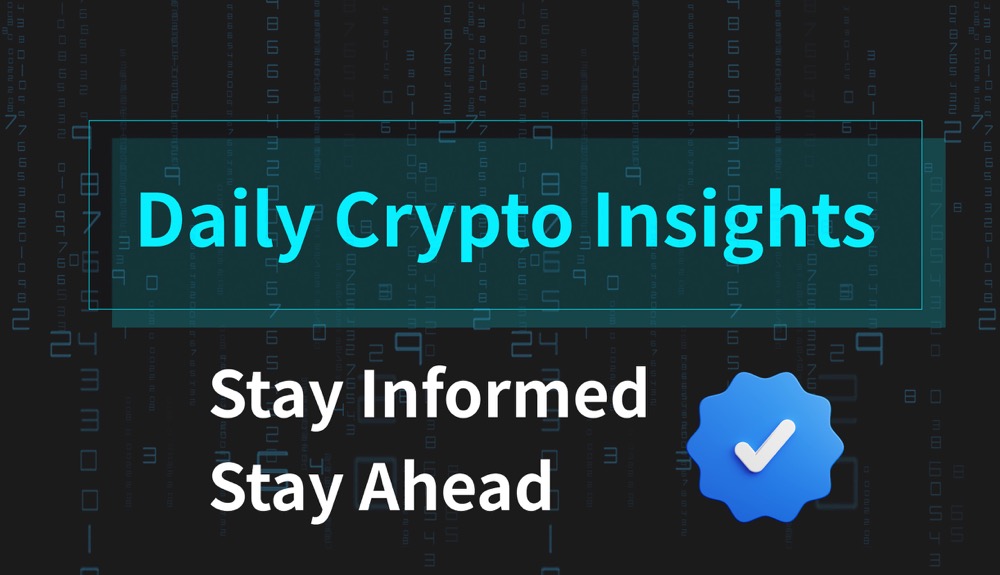Crypto Catalyst Watch: June CPI, PPI Readings Hold the Spotlight
The CPI sank to 4% in May and has been trending downward, although the Federal Reserve seems likely to follow through on an intended rate hike later this month.

After a week of key jobs reports, inflation data is returning to the spotlight this week with Wednesday’s release of the U.S. June Consumer Price Index (CPI) and the Producer Price Index the following day.
Investors will be looking for declines that could justify the U.S. central bank reversing course on its intent to raise interest rates 25 basis points (bps). A return to monetary hawkishness would follow the Federal Reserve pausing rate hikes last month for the first time in more than a year. The Fed’s prescription has helped cut the CPI from 9% in August 2022 to May’s 4% reading, although it has more recently also raised concerns about an overstep that could cast the economy into a steep recession.
On Wednesday, observers of U.S. monetary policy will eye the Labor Department’s release of the June CPI. The CPI has edged steadily downward since last year’s high. Economists’ consensus see June’s index dipping in the mid 3% range, although Edward Moya, senior market analyst at foreign exchange market maker Oanda, wrote in a Monday note that it could tumble to 2.8%. Yet Moya also noted that core inflation, which excludes more volatile food and energy costs, could remain hot, a result of an expensive housing market. “Pricing pressures might remain throughout the summer,” Moya wrote.
The PPI, which measures price changes at the wholesale level, often foreshadows changes that consumers face in the future. The May PPI sank to 1.1% annually, beating expectations for a 1.5% decline and down sharply from the previous month’s 2.3% reading. The consensus is for a 0.4% reading in June.
Also on Thursday, the U.S. Labor Department announces jobless claims for the week ending July 8. Recent jobs data has offered slightly different perspectives on the state of the state of the jobs market. Last week’s ADP report showed businesses adding almost a half-million private sector jobs, more than double economists’ expectations. The unexpectedly strong results offered support for the Fed to reapply its aggressive inflation treatments. A strong employment market suggests that the economy is expanding, which often precedes higher prices. But an unexpected – albeit slight – increase in jobless claims the same day and mild nonfarm jobs report later in the week added nuance to the overall picture.
Edited by James Rubin.
Disclaimer: The content of this article solely reflects the author's opinion and does not represent the platform in any capacity. This article is not intended to serve as a reference for making investment decisions.
You may also like
FHE is live! Bullish or bearish? Join to share 24,000 FHE!

BABY is live! Bullish or bearish? Join to share 24,000 BABY!


VIPBitget VIP Weekly Research Insights
The unique value of Proof-of-Work (PoW) tokens lies in their mining mechanism and regulatory positioning. Research shows that mining costs are a defining feature of PoW tokens, involving significant investment in hardware and electricity. When market prices approach miners' breakeven points, miners tend to hold onto their coins in anticipation of future appreciation. This behavior reduces circulating supply, shifts the supply-demand balance, and may contribute to price increases. Regulatory clarity is also critical to the investment appeal of PoW tokens. Both BTC and LTC are classified as commodities by the U.S. SEC rather than securities, which simplifies the ETF approval process. In January 2024, the approval of the BTC spot ETF triggered significant institutional inflows. LTC is currently undergoing the ETF application process. While DOGE and KAS have not yet received formal classification, their PoW nature may position them for similar treatment. Together, these factors enhance market liquidity and attract more institutional investors.

